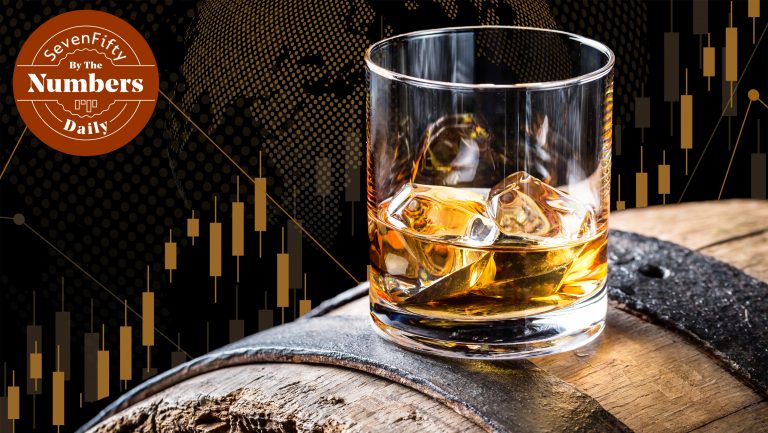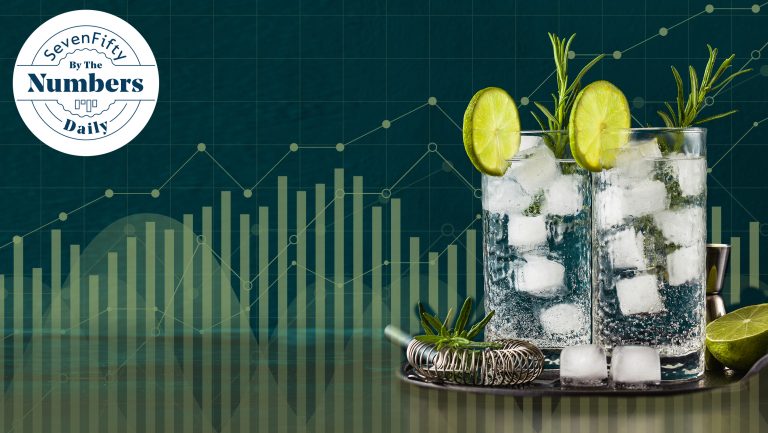Estimated to be a $66.5 billion industry in 2022, whiskey of all kinds has demonstrated massive growth, with several major whiskey categories doubling their outputs over the past 10 years. While vodka remains America’s most popular spirit overall, whiskey has become the best-selling spirit category for on-premise consumption in recent years, with American whiskey, Canadian whisky, and Irish whiskey accounting for 94 percent of on-premise whiskey sales. Scotch, however, is the biggest seller worldwide, with total sales amounting to more than American, Irish, and Japanese whiskeys combined.
While these traditional whiskey styles top the current market in the U.S., “innovation and influence are pushing people to try to produce new styles of whiskey,” says Christoph Dornemann, the bar manager at Arnaud’s Restaurant and the French 75 Bar in New Orleans. “I believe the future will see an increase in styles entering the market from around the world with grains not traditionally associated with American or European whiskeys such as rice [and] sorghum,” beyond the typical whiskey grains such as barley, corn, wheat, and rye.
India, Japan, and Australia have already become major players in the whiskey game, with Indian whisky accounting for seven out of 10 of the best-selling brands worldwide, and Japanese whisky claiming a 0.3 percent share of on-premise sales in the U.S. While only representing a fraction of the market share, this nonetheless translates to significant sales dollars and demonstrable growth for a category that was largely unknown to American drinkers a decade ago. Other countries such as Scandinavia or regions in the Asia Pacific sector are expected to become heavy hitters in the years to come. Flavored whiskeys, premium bottlings, and a wider variety of barrel conditioning finishes are also expected to increase with the demand for new and innovative products.

Don’t miss the latest drinks industry news and insights. Sign up for our award-winning newsletters and get insider intel, resources, and trends delivered to your inbox every week.
With 39 percent of whiskey drinkers between the ages of 21 and 35, and only 17 percent over the age of 55, brands are pushing boundaries, not only with the product itself, but also with packaging in order to be more inclusive and appeal to younger, more diverse audiences. “I hope that we continue to see growth in multicultural demographics for whiskey consumers since everyone deserves to feel included in this great industry,” says Melissa Rift, the master taster for Old Forester.
With the whiskey industry projected to reach $85 billion in sales in the next five years, see our infographic below for a comprehensive look at the state of whiskey right now.


Dispatch
Sign up for our award-winning newsletter
Don’t miss the latest drinks industry news and insights—delivered to your inbox every week.






